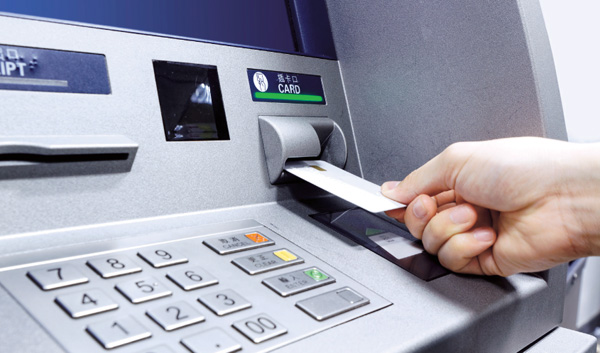For credit unions and banks, having $6 trillion parked in some of their accounts should be a good thing for their bottom lines, right?
Not necessarily, according to research firm Market Rates Insight. It could be an indication that members and customers are still not confident with the state of the country's economy. And that apprehension may also stop them from moving their funds into savings vehicles such as certificates of deposit, which tend to offer greater returns and much more revenue for financial institutions.
Data from MRI showed that nearly $6 trillion is sitting idle in checking, savings and money market accounts, which amounts to 75 cents of each deposit dollar but is earning less than half of 1% in interest. The firm said $6 trillion is the highest amount of liquid deposits in U.S. banking history.
“The fact that a record amount of money is sitting idle in liquid accounts despite dismal returns is a vote of no confidence in the economy,” said Dan Geller, executive vice president at MRI in San Anselmo, Calif. “[It] is an indication that consumers are not yet confident enough about the prospects of economic recovery, and are reluctant to make a time commitment with their money.”
The increase in liquid account balances is attributed to an increase in new deposit money as well as money that was moved from maturing CD accounts to checking, savings and MMAs, according to MRI. Liquid money now makes up a record of 75% of total deposit balances in U.S. bank accounts. From March 2009 to March 2011, nearly 13% of total deposits shifted from term accounts such as CDs, to checking, savings and MMAs. In March 2009, during the last recession, liquid account balances made up 62.2% of total deposits. By March 2011, liquid account balances, as percentage of total balances, reached a new height of 75%.
Geller said regardless of the type of financial institution, most are in the midst of dealing with idle money accounts.
“Credit unions are experiencing the same trends in deposits because the emotions–fear due to uncertainty–impacts customers of all institutions,” he noted.
This record growth in liquid accounts comes at a time when the average interest rate on liquid accounts is less than half a percent, MRI found. This is an indication that consumers are not confident enough in the prospects of economic recovery and prefer to have more of their money readily available in case of an immediate financial need, Geller said.
“The question is, why would consumers keep more of their money, than ever before, in liquid accounts knowing that they could earn greater return in CDs,” Geller said. “The simple answer is lack of economic confidence. Put simply, consumers are not confident enough in the prospects of economic recovery.”
© 2025 ALM Global, LLC, All Rights Reserved. Request academic re-use from www.copyright.com. All other uses, submit a request to [email protected]. For more information visit Asset & Logo Licensing.







